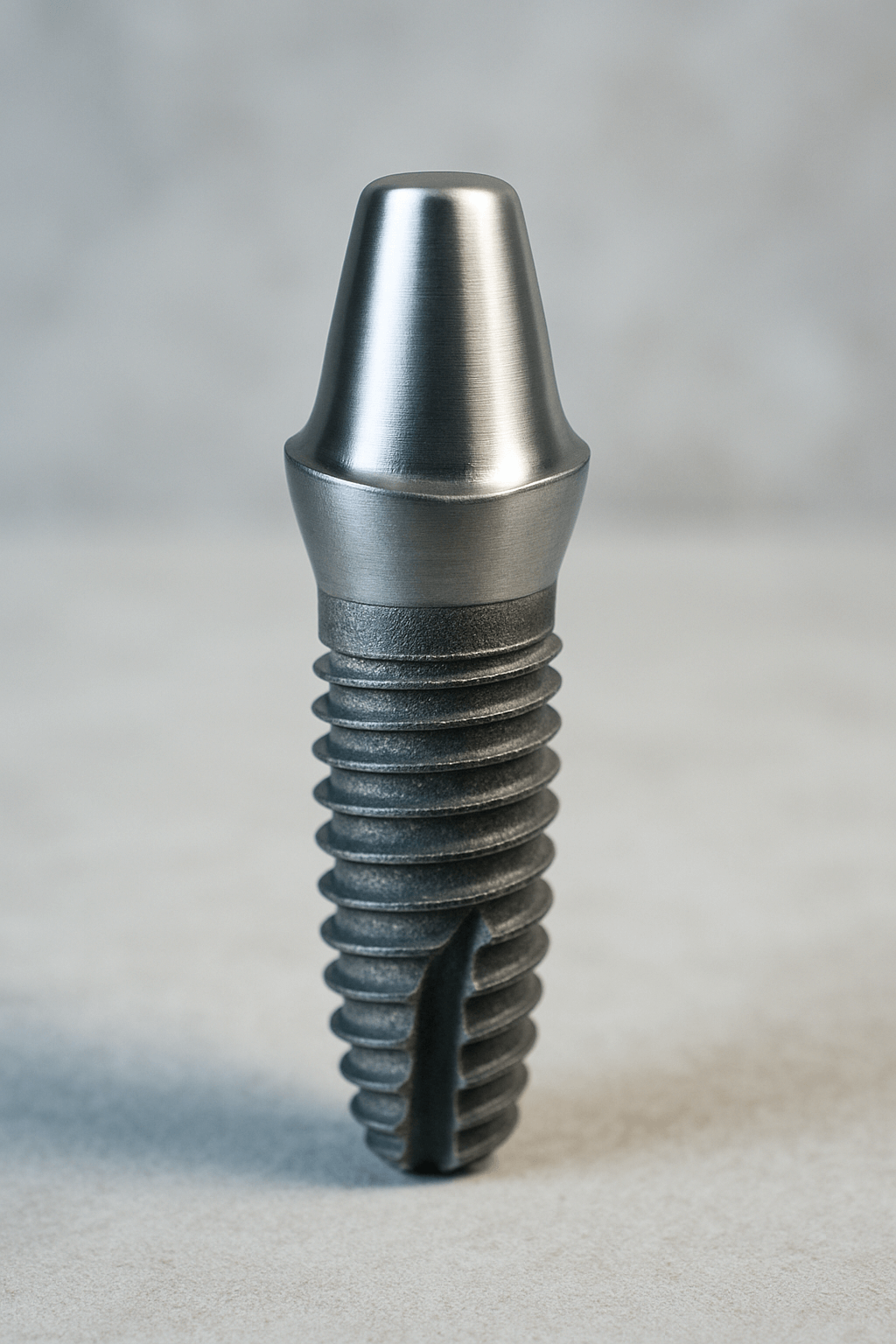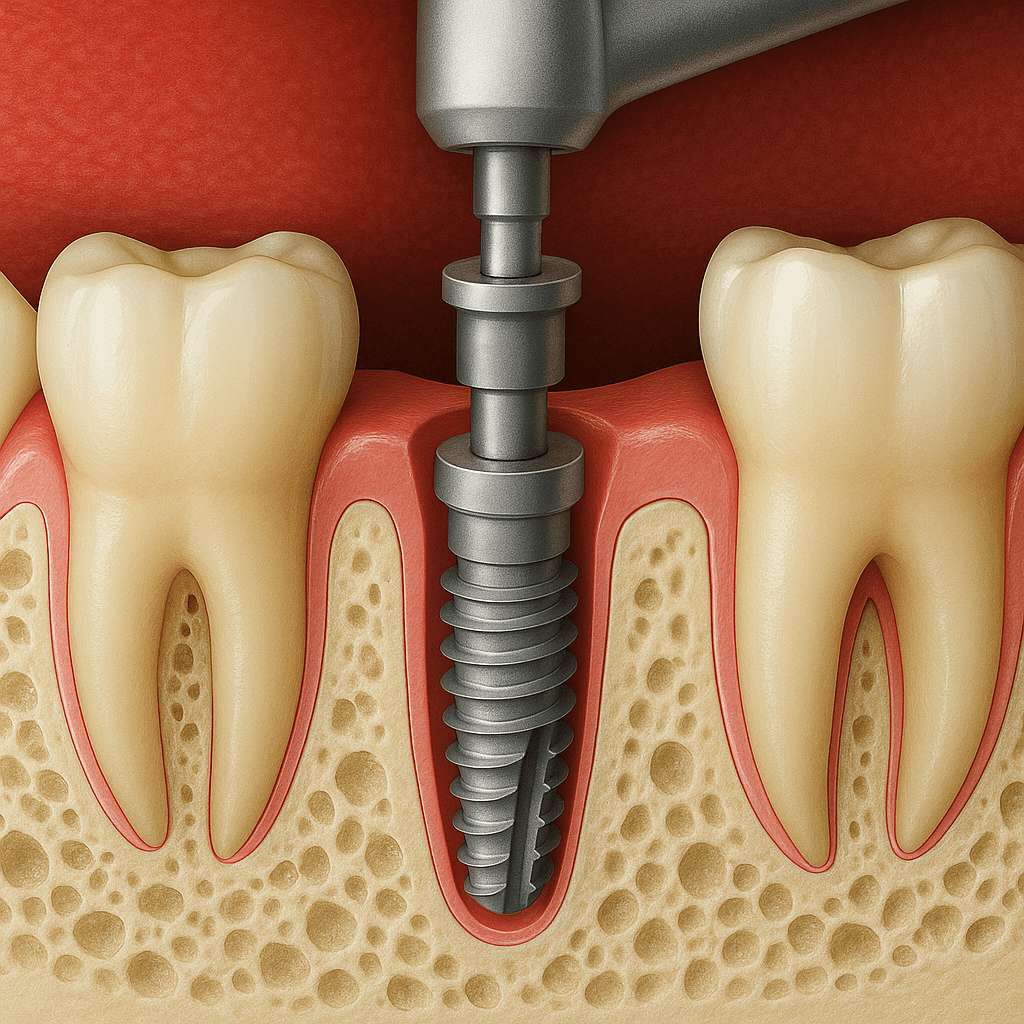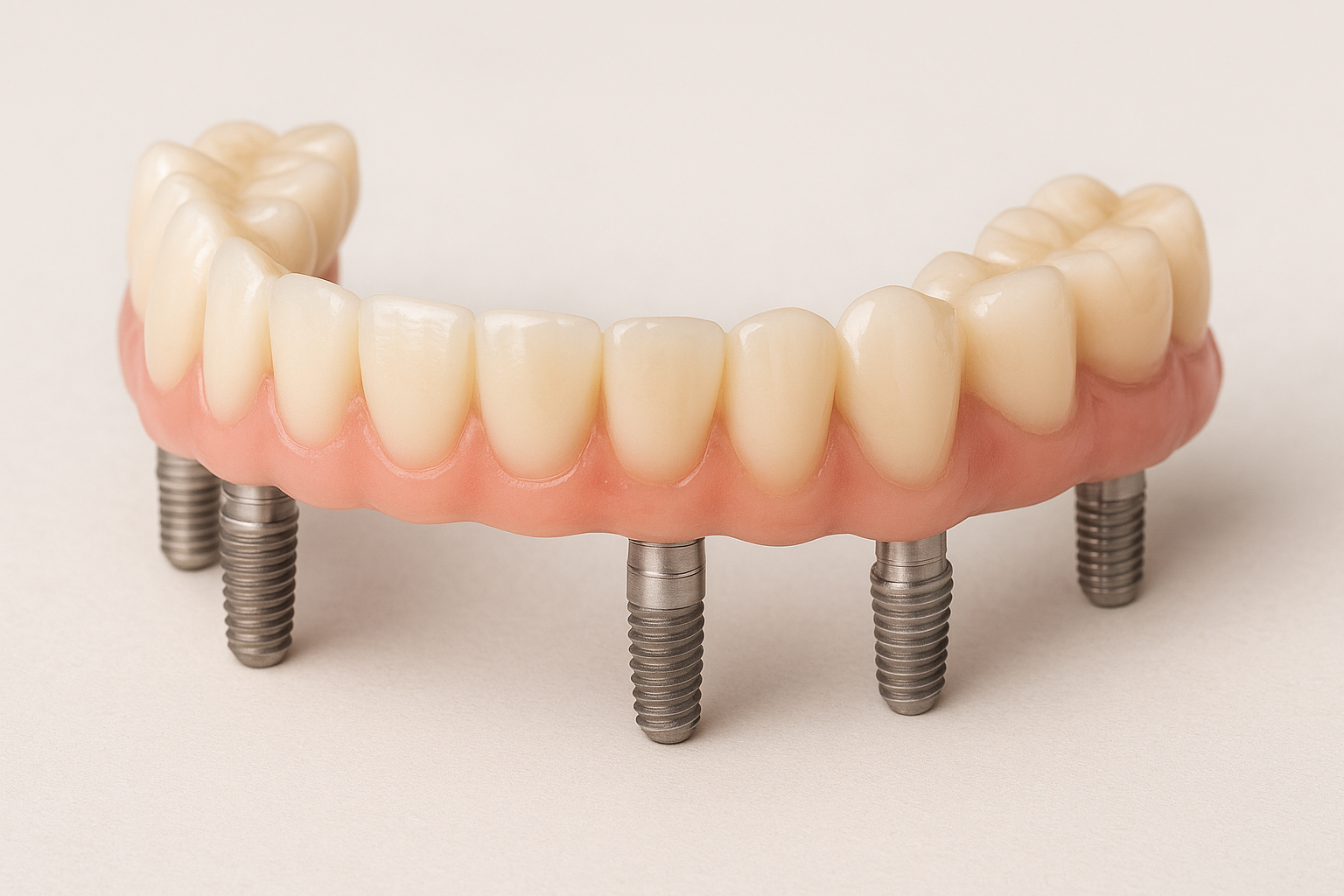Advanced Dental Implants in Budapest
Experience world-class dental implant treatment with our team of expert implantologists using premium quality implant systems at a fraction of Western European prices.
Scroll to explore
Why Choose Our Dental Implants?
Our dental implant solutions offer the perfect combination of premium quality, expert care, and affordable prices.
Premium Quality
Using only the highest quality implant systems from world-renowned manufacturers.
- Swiss Straumann implants
- Nobel Biocare systems
- Lifetime warranty
- 99.3% success rate
Expert Team
Our implantologists place over 1,000 implants annually with exceptional success rates.
- 15+ years experience
- Specialized training
- International recognition
- Continuous education
Lifetime Warranty
We provide a lifetime warranty on all our dental implants for your peace of mind.
- Lifetime implant warranty
- 10-year crown warranty
- Free follow-up care
- Replacement guarantee
Advanced Technology
State-of-the-art 3D planning and guided surgery for precise implant placement.
- 3D CBCT scanning
- Computer-guided surgery
- Digital planning
- Minimally invasive

The Modern Solution for Missing Teeth
A dental implant is an artificial tooth root made of titanium that is surgically placed into your jawbone to replace missing teeth. The implant provides a strong foundation for fixed (permanent) or removable replacement teeth that are made to match your natural teeth.
Unlike dentures or bridges, dental implants don't rely on neighboring teeth for support, making them a standalone solution that preserves your natural tooth structure while providing exceptional stability and comfort.
Natural Look and Feel
Implants look, feel, and function like your natural teeth.
Bone Preservation
Implants stimulate bone growth, preventing bone loss that occurs when teeth are missing.
Long-lasting Solution
With proper care, dental implants can last a lifetime.
Implant Solutions for Every Need
We offer a comprehensive range of implant solutions to address various dental needs.

Single Tooth Replacement
Replace individual missing teeth with implants that look, feel, and function just like natural teeth.
- Preserves adjacent healthy teeth
- Prevents bone loss
- Natural-looking results
Multiple Teeth Replacement
Replace several missing teeth with implant-supported bridges for a stable and comfortable solution.
- Fewer implants than individual replacements
- Cost-effective solution
- Excellent chewing function

Full Arch Restoration
Replace an entire arch of teeth with All-on-4 or All-on-6 implant-supported dentures.
- Fixed, non-removable solution
- Immediate loading possible
- Complete smile transformation
Ready to Transform Your Smile?
Take the first step towards a confident smile with our premium dental implant solutions. Contact us today for a free consultation.